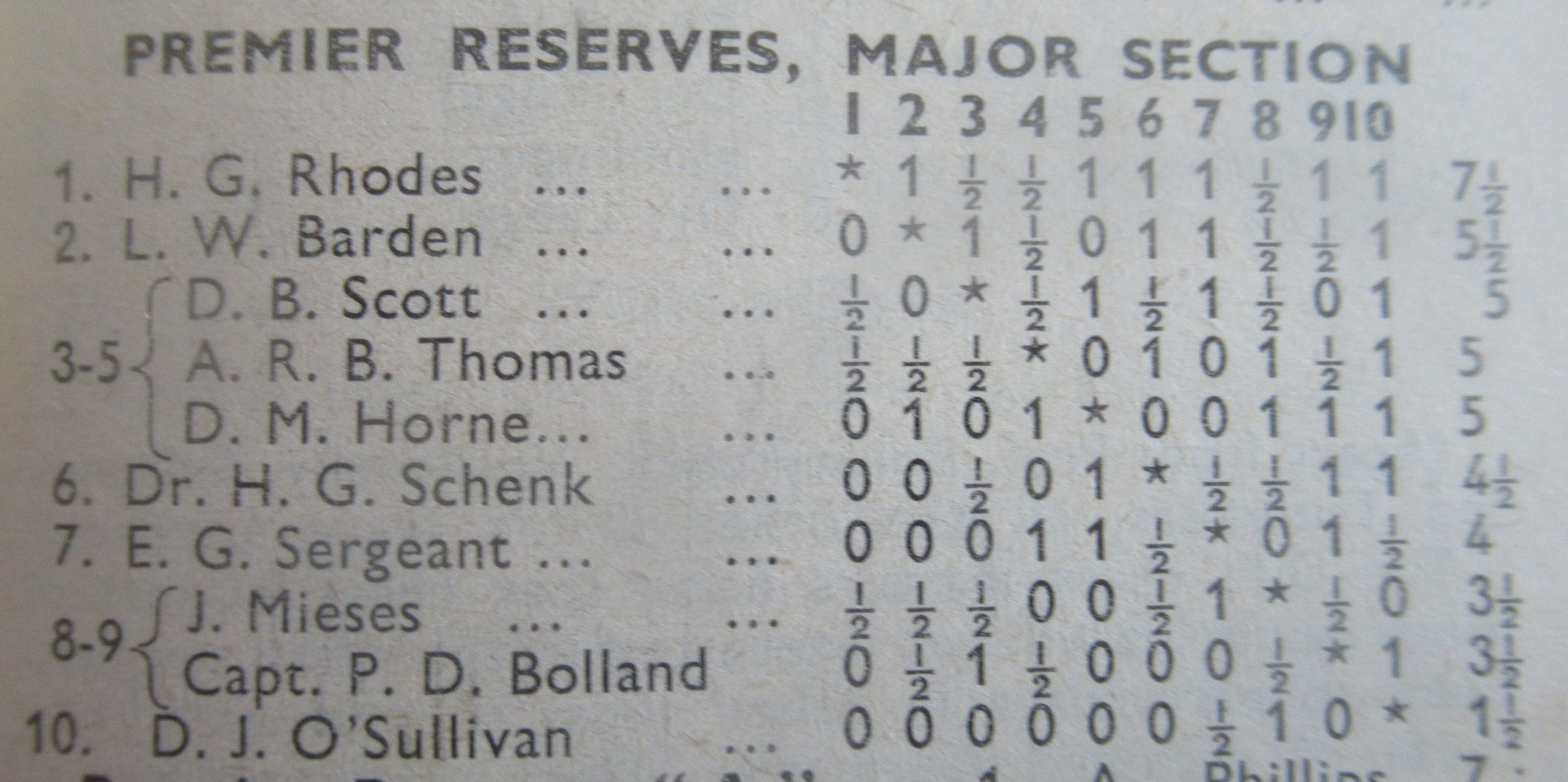It’s midnight on 28 June 1816. a group of saboteurs breaks into Heathcoat and Boden’s lace mill in Loughborough, Leicestershire, determined to smash their machinery. John Heathcoat must have had advance warning: he’s ensured there are plenty of workers on hand to repel the invaders. Fights break out, gunshots are heard, and one of the watchmen, John Asher, is hit, blood pouring from a slug in back of his head. Asher’s companions are forced to the ground at gunpoint, and the saboteurs destroy all 55 of the lace making machines, steal some lace and make their escape.
These men are Luddites, taking their name from the perhaps mythical Ned Ludd. Campaigning against poor working conditions and grinding poverty they see no option but to use violence to pursue their aims.
The leader of the insurrection, James Towle, from Basford, near Nottingham, is identified and quickly arrested. Although he himself did not fire the shot that hit John Asher, he is convicted, sentenced to death and publicly hanged in Leicester on 20 November. The following year, six more members of Towle’s gang, including his younger brother William, are also hanged, and another two transported to Australia.
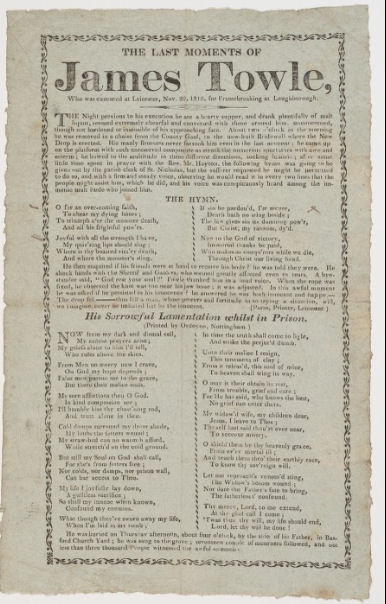
Were they heroes or villains? Terrorists or martyrs? You decide. There are always people on the wrong side of history. The Industrial Revolution brought destitution to many, but there were others who saw an opportunity to join the burgeoning middle classes, perhaps by starting up their own shop or factory. This is the story of one of them.
Time moves on. The clock ticks. The calendar pages are turned over.
It’s now 19 October 1818. James and William’s cousin Catherine, also in Basford, marries Richard Green. In 1820 Catherine gives birth to a daughter, who is named Sarah.
We spin forward to 1844, when Sarah marries Thomas Marriott, from nearby Bulwell. He is most likely the Thomas Marriott baptised there on 9 March 1817, whose parents are listed as Joseph, a Framework Knitter, and his wife Mary.
One thing we know about Thomas is that he’s a keen chess player, whose sons will also learn how to play. I’m not sure how common chess was amongst the framework knitting community at the time: perhaps Thomas saw a knowledge of the Royal Game as a way into the middle classes.
Here’s a game played by one of his sons, a devotee of gambit play. ‘Septimus Placid’ was probably top Nottingham player Sigismund Hamel.
By 1851 he’s already doing well. We pick him up in the census, where, remaining in the local lace-making industry, he’s left his humble origins behind. He’s a lace maker and tea dealer, trying out another line of business on the side, it seems. Sarah is there with him, along with their three sons, Edwin, Thomas and Henry, and he’s sufficiently well off to be able to employ a servant.
In 1861 he’s a lace manufacturer, suggesting perhaps a slightly higher status than a lace maker, which is what Edwin is doing. Sadly, Thomas junior had died in 1855, but the family is now completed by Henry, John, Sarah, another Thomas, Frederick and Arthur. John, Sarah and Arthur were all given the middle name Towle in honour, as was the fashion at the time, of their grandmother Catherine. (The census record has been transcribed as Maniott: thanks to Jon D’Souza-Eva for discovering this, which had eluded other historians, and pointing it out to us.) I wonder whether Thomas knew about his wife’s nefarious relatives, and, if so, what he thought of them.
The 1871 census (name transcribed incorrectly as Marrett) tells us Thomas is now employing 4 men and 5 boys. Edwin and John have left home, but Sarah and the other children are still there. No doubt chess is often played.
Here’s another game, played by Arthur at Simpson’s Divan, which we visited in an earlier Minor Piece, against George Alcock MacDonnell, one of the top English (but Irish born) players of the day.
Thomas’s business continues to prosper: by 1881 he’s employing 34 males and 4 females. I hope he treated his workers better than John Heathcoat and John Boden did. Sarah and their two youngest sons, Frederick and Arthur, are at home with him.
Let’s stop to look at what happened to his children. We know that his six sons who survived childhood all played chess, and we have playing records for most of them.
Thomas’s youngest son, Arthur Towle Marriott, was the strongest and also the shortest lived. He’s the subject of a recent book recounting his gloomy fate and romantic chess. EdoChess awards him a peak rating of 2376, and, had he lived, he could have been a world class player.
Here’s one of his last and most brilliant games: he was living in Bournemouth at the time, hoping the sea air would improve his health.
Two of Arthur’s brothers were also pretty decent players, taking high boards for Nottingham in matches against other Midlands towns. The oldest brother, Edwin, had a peak rating of 2275 and draws to his credit against Teddington resident and future British Championship contender George Edward Wainwright and, in his final recorded game, against the young Henry Ernest Atkins. Away from the chessboard he followed in his father’s footsteps as a lace manufacturer, possibly taking over his business interests when he retired.
Thomas Walter Marriott was of similar strength to Edwin, with a peak rating of 2244: again, by the standards of his day, a formidable player. Thomas Walter was, like many chess players, an accountant, and, also like many chess players, never married. At least up to 1911 he chose to live in boarding houses, even though he had inherited property after his father’s death.
John Towle Marriott’s life took a different course. He chose to train as a minister of religion, specifically the Unitarian movement, who believed in the unity of God, rather than the Trinity accepted by most Christians. He settled near Salford, marrying the daughter of a celebrated reporter and antiquary, but died of typhoid fever in 1890. He didn’t seem to play club chess, but returned to Nottingham in 1886 to take part in the 3rd class tournament of the Counties Chess Association, which he won with 6½/9, a performance rated by EdoChess as 1780.
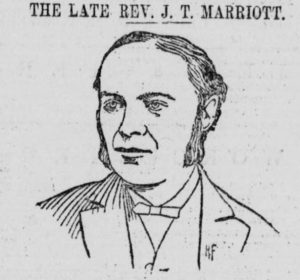
Sarah Towle Marriott may well have played her brothers at home, but chess was, back in those days, considered an almost exclusively male activity. You might think we haven’t made much progress in that respect in the past century and a half. Her first husband, who died young, was a colliery agent who had business interests in London – the 1881 census found the family in Fulham, which, as far as I know, has never had very many coal mines. Their son Harry Marriott Burton was interesting: he was an artist who travelled the world – Canada, South Africa – painting wherever he went, ending his life in Queensland at the great age of 96. His paintings are now quite collectible.

Thomas Marriott’s other two sons are mysterious, as you’ll find out.
The 1891 census finds him, now a retired widower, living with his daughter Sarah, herself widowed, and her two surviving children.
By 1901, now aged 84, he’s living with an otherwise unknown Francis Marriott, who appears to be his full time carer. My guess, as there’s no other Francis around, and because the age is right, this is really Frederick: either the enumerator made a mistake or he’s using a false name for some reason. He’s there with his wife Lizzie, from Derbyshire, and an 11-year-old daughter, Ethel, who, unexpectedly, was born in Vancouver, British Columbia. The last we heard of Frederick was in the 1881 census (he appears to have taken part in a consultation game the same year), and I haven’t been able to find any further sighting of Frederick or Francis in England, Canada or anywhere else. It’s all a mystery.
Thomas’s other son, Henry, is also elusive. He’s living at home in 1871, working as a clerk in a coal office, but then disappears from view.
Thomas lives on until 8 September 1906, dying in the Coppice Asylum, a private institution in Nottingham. I would guess that he was suffering from some kind of dementia in the last few years of his life.
His will makes interesting reading. He seems to have been fairly wealthy, owning several properties, which are shared between Sarah (who also received his personal effects), Thomas Walter and Frederick, with specific instructions that nothing should go to either Edwin or Henry. Perhaps Edwin, having inherited the family business, was well catered for anyway. Perhaps, though, there was a falling out with both Edwin and Henry. Perhaps he chose to reward Sarah and Frederick, who had both been caring for him in his old age, and Thomas Walter, who had been involved with the legal side of the will. Perhaps he had no idea wither or not Henry was still alive. The inheritance for Frederick seems to suggest again that he and Francis were one and the same person, but who knows?
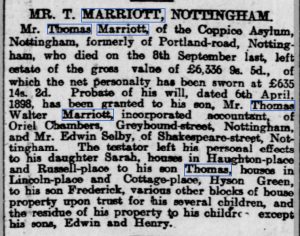
Finally, let’s return to Edwin. He had nine children, several of whom are also remarkably difficult to track down. This is very unusual for the time: one is tempted to ask questions about the family dynamics. My particular interest is with the oldest of them, Arthur James, who married Frances Keywood, the possessor of a relatively unusual surname. (There used to be a lace manufacturing company in Nottingham called Cooper & Keywood.)
The Keywoods were one of several families in Nottingham who intermarried a lot, but Frances must have been related in some way to Doris Keywood, who married Louis James there in 1915. His great grandfather Thomas James (whom you’ll meet again another time) was also my 3x great grandfather. Wheels within wheels. There are always stories. There are always connections. And this is the story of how I’m connected to Arthur Towle Marriott and his chess-playing brothers. It’s also the story of how the game of chess has always been shaped by societal shifts: as we move now from the industrial to the post-industrial (and post-pandemic) age chess will change again. By learning lessons from history we can be proactive in deciding how chess should be promoted and organised in future.

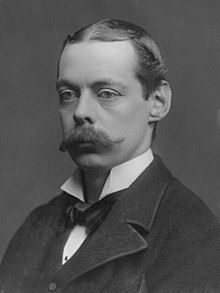
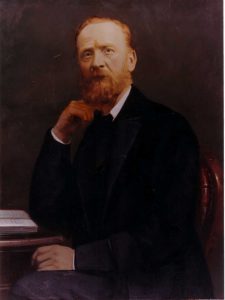
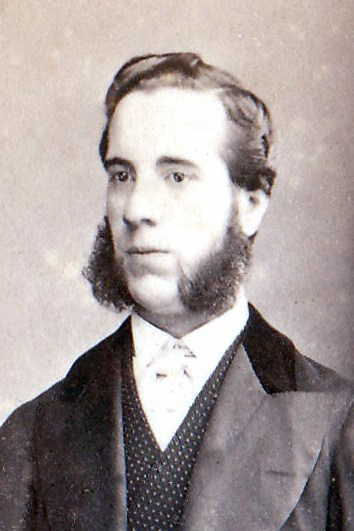
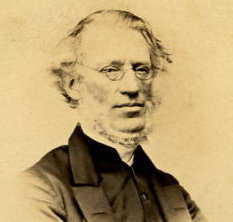
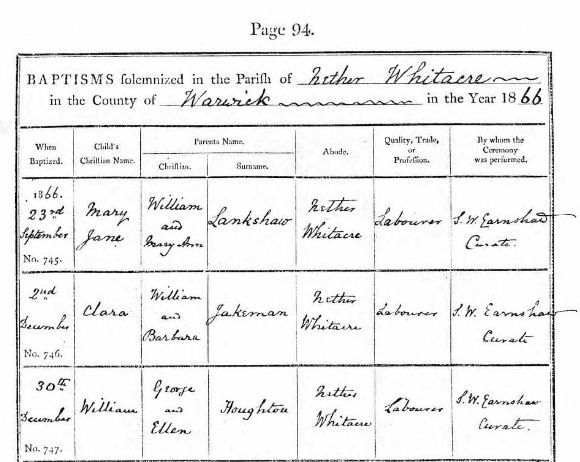
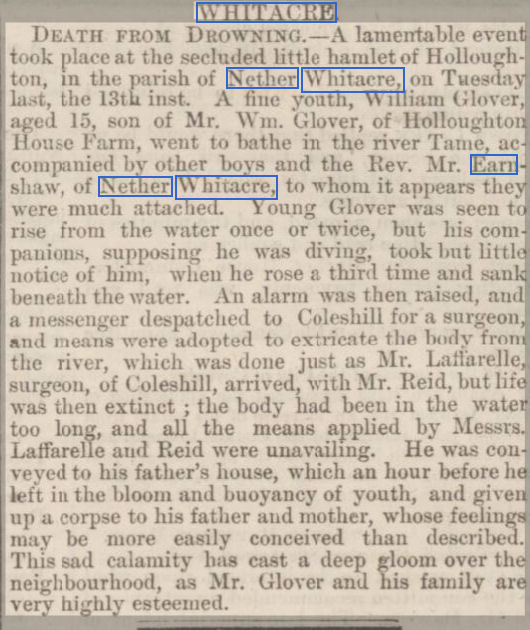
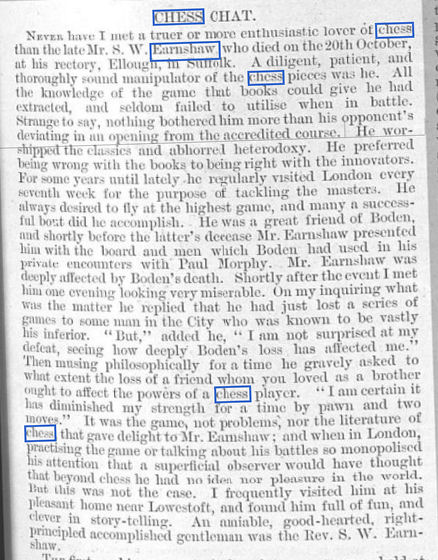
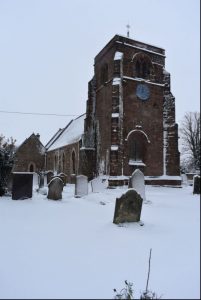 Let me take you back to the church of St Giles, Nether Whitacre, on 30 December 1866. The foundation dates back to Norman times, but by then it may have been in a state of disrepair, as it would be rebuilt in 1870, not long after Samuel Earnshaw’s departure.
Let me take you back to the church of St Giles, Nether Whitacre, on 30 December 1866. The foundation dates back to Norman times, but by then it may have been in a state of disrepair, as it would be rebuilt in 1870, not long after Samuel Earnshaw’s departure.